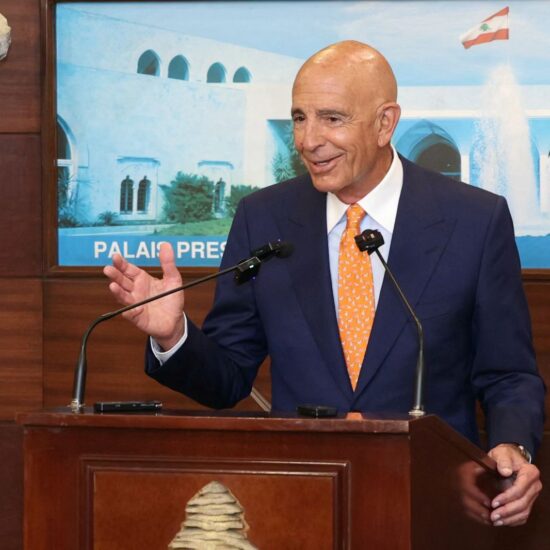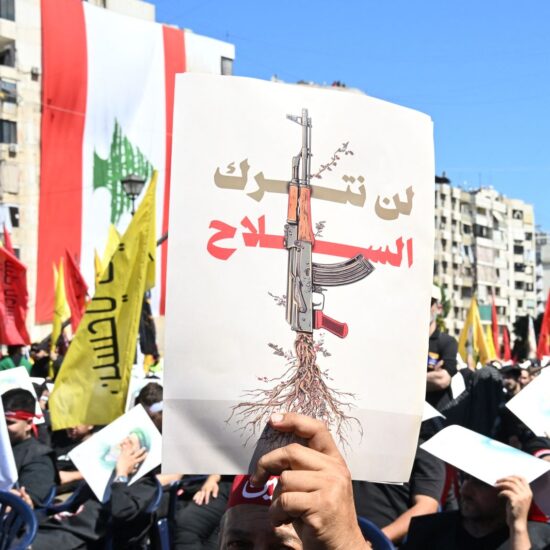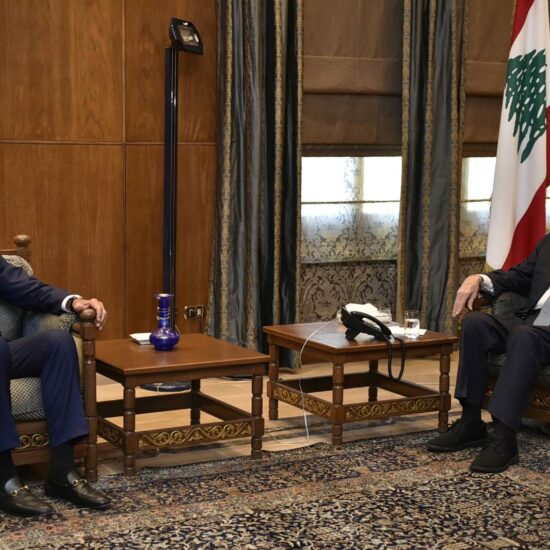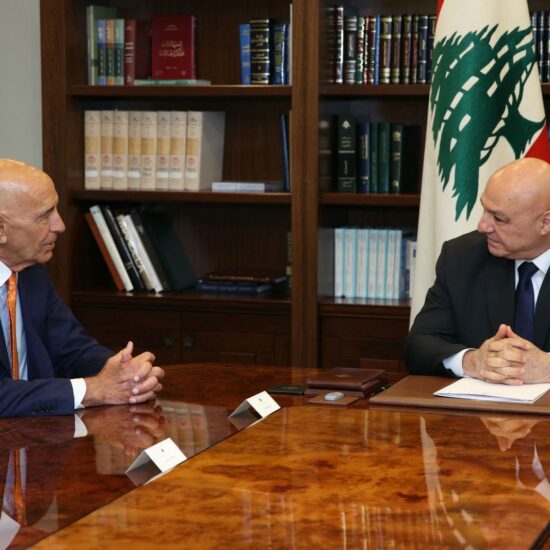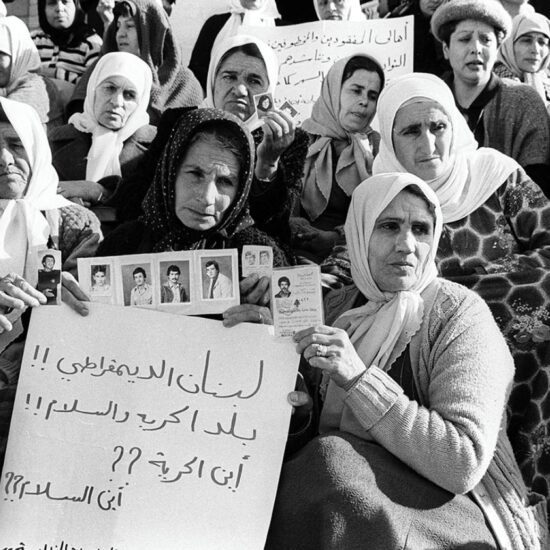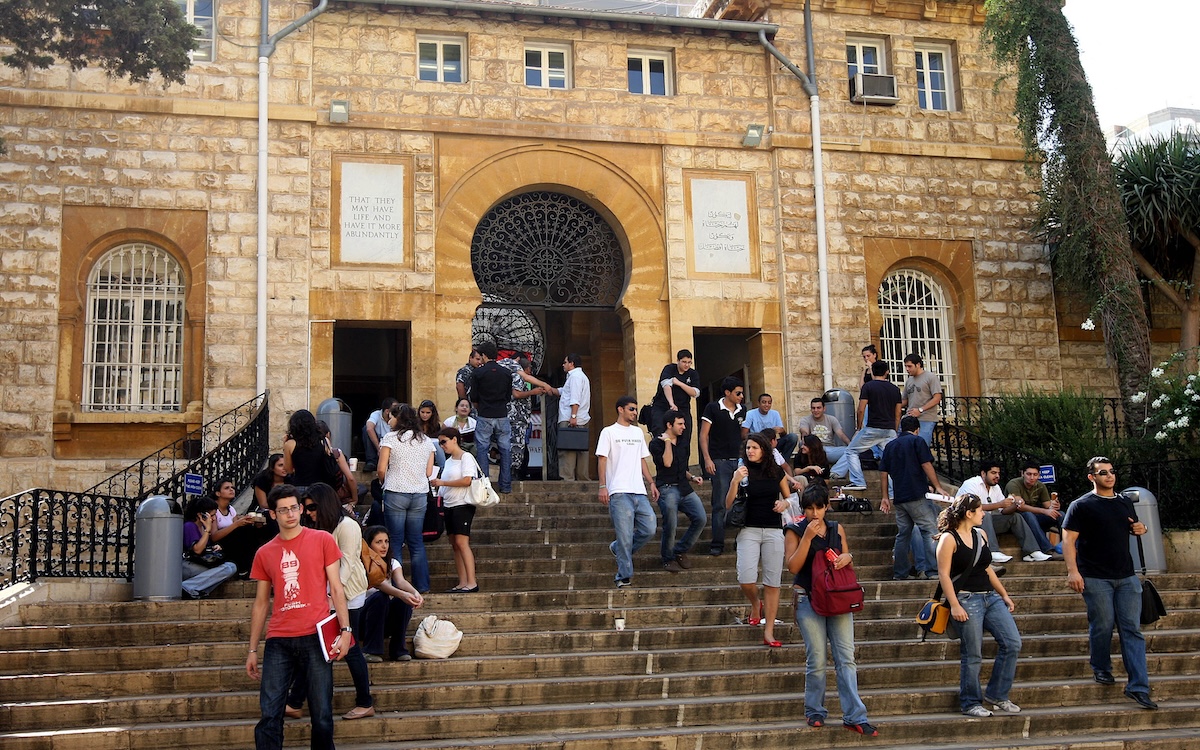

Lebanon has weathered a series of crises spanning many years, particularly since the conclusion of the civil war. Regrettably, this small Mediterranean country has seen no respite and has, in fact, witnessed further setbacks to its economy and social fabric in recent years, leading to and following the October 17 revolution.
To examine Lebanon’s challenges is to delve into its history and recognize that little has been done to address recurring issues. Presently, the nation grapples with a political stalemate, the absence of a president, and the devaluation of the local currency against the US dollar.
This currency devaluation has had far-reaching consequences, affecting sectors like healthcare, education, and trade. Inflation has surged, and the younger generations must now pick up the pieces and start anew in the hope of rejuvenating the country.
Currently, the future of Lebanon looks bleak. In the upcoming years, the Lebanese do not know what kind of Lebanon they will encounter, or if this once vibrant beacon of diversity will even survive.
To reexamine all the founding pillars of this country, the American University of Beirut, the Faculty of Arts and Sciences and its Department of History and Archaeology, is launching a series of discussions focused on rethinking the future of Lebanon, titled “Lebanon in its Second Century: A Forward Vision.” This initiative will consist of open and closed meetings, conferences, working papers, op-eds, monographs, and compendia.
The goal is to create a platform for constructive dialogues and seek alternatives for Lebanon’s current system, to rethink the country’s role, mission, and ability to stand on its own. These discussions will revisit Lebanon’s foundational principles for the next century, and they will thoroughly explore and seek to understand various sectors, ultimately reshaping their roles across all facets of society.
According to its organizers the Future of Lebanon “is an academic endeavor and an intellectual exercise, which is further slated to issue publications, its core purpose is to stimulate the production of concrete results, in the form of actionable programs and initiatives, to be sponsored or embraced by political parties and civil society organizations.” This core purpose should inform the composition of panels, the formulation of themes and topics, and the moderation of the conversations and discussions. Evidently, any contemplation of the future of Lebanon entails a consideration of its past and present. However, the place of such consideration is in the framing of the future-focused deliberations, and not to be amplified into a self-contained concern. It is understood that this is particularly difficult since most aspects of the recent history of Lebanon are subject to multiple, conflicting and contradicting, interpretations.
The “1-10-100” Scheme
To maintain the coherence of the exercise, track leaders, moderators, as well as panelists and writers are invited to consider the adoption of the “1-10-100” scheme in their presentation of future actions needed and developments anticipated.
“1” — Events, planned, expected, or feared, which may unfold in the immediate future (within the year, or shortly afterward), are to be detailed to a degree of “proofability”, that is all the elements that constitute the events ought to be accounted for. For example, if the case is to be made for an international consortium to be formed urgently to safeguard world-class secondary education in Lebanon, the discussion would list the anticipated stakeholders, the suitable mechanisms for implementation, and the expected plan of action in milestones and putative timeline.
“10” — Developments that may demand longer, but foreseeable, time extent to realize (a decade with a few years more or less), are to be presented with a “cone” of possibilities: extreme case scenarios (both the most optimistic and the most pessimistic), and most likely scenario, with concrete considerations of the consequences of each, and with a consistent overview of its evolution. For example, if the effect of the Syrian migration into Lebanon is to be assessed, an allocation ought to be made for the multiple possibilities of evolution of the phenomenon (full or substantive repatriation, the total “replacement” eventuality, problem management with various degrees of success, etc.)
“100” — Trends that can be envisaged in the span of multiple decades can be presented as self-contained reflections, with less of a need to consider alternatives in the presentation itself (such being the task of the moderator, discussants, or attendees).
In sum, if the idea (assessment, claim, project) is immediate, it has to be proofed; if it is for the foreseeable near future, it has to be considered in the context of possibilities; if it is a reflective pursuit on the longue durée, it may stand on its own.
The inauguration of the project will take place this upcoming Wednesday, November 1, 2023, at 4pm at the American University of Beirut, College Hall B1 and the ceremony as the series in the next six months are open to the public and will also be broadcast online.
NOW will be reporting on the series
https://www.aub.edu.lb/fas/histarc/Pages/Lebanon-of-the-Future.aspx
For more information:
+961 3 045196


